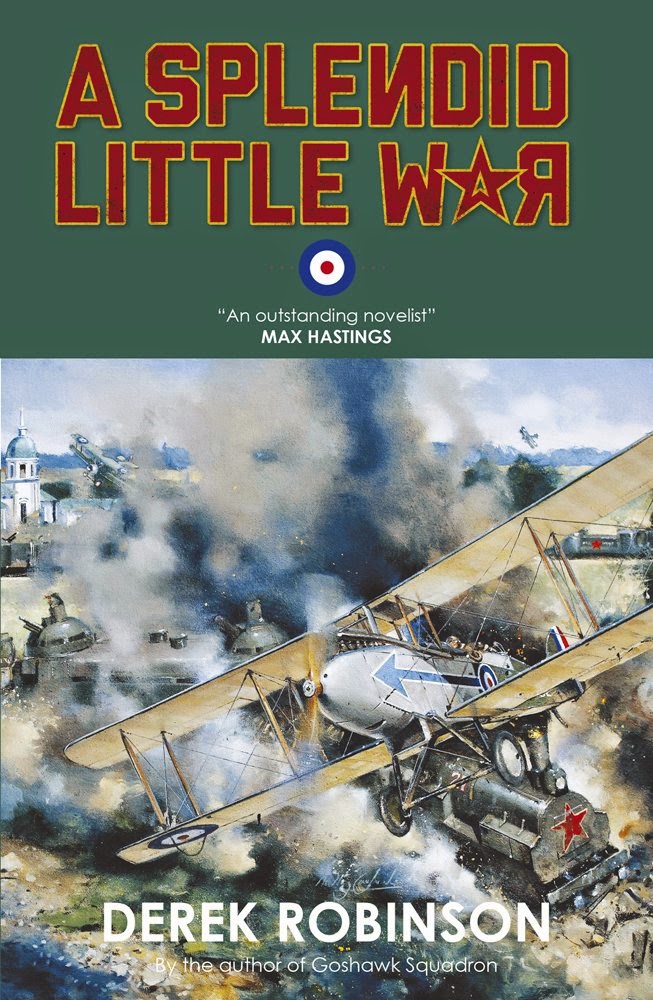Title: The Rzhev Slaughterhouse: The Red Army's Forgotten
15-
Month Campaign Against Army Group Center, 1942-1943
Month Campaign Against Army Group Center, 1942-1943
Author: Svetlana Gerasimova
ISBN: 9-781-908-91651-8
Pages: 269
Publisher: Helion Publishing
Photos/Maps: 113/ 8 (colour)
Ms Gerasimova represents a relatively new wave of Russian
historians that have taken advantage of the loosening of restrictions placed
upon Russian military records and archives. Thus we are seeing the publishing
of a series of books pertaining to Soviet operations during Operation
Barbarossa that are primarily drafted from the Soviet perspective. Up until
now, histories of the Russo-German War have predominately been from the German
viewpoint with the associated perceptions that have resulted. Additionally,
despite the fact that Russia has subsequently tightened up the regulations,
Russian historians are now much more free to be critical in their
analysis.
Gerasimova's work outlines the Soviet efforts to encircle
and destroy the German Army Group Center following the German retreat after the
Battle of Moscow (from October, 1941 to January, 1942). While the author
provides an outstanding synopsis of the conflict as it raged across a
relatively small geographic area, where the real strength of this narrative
lies is in her evaluation of the effectiveness of the Soviet command staff. She
is blunt and direct in her criticism of the failure of the Soviets to take
advantage of opportunities and the glaring failures of the staff across both
the spectrum of operations and support as well as planning and execution.
This ongoing battle has been overshadowed for the most part
by the German Plan Blau and the Battle of Stalingrad. For that reason, and the
reticence of the Soviet Union to release information on the conflict, the scope
and violence of Rzhev has never been fully appreciated. As Gerasimova points
out, even today German and Russian casualties are only able to be estimated
(although the German figures are considered to be much more accurate). Conservatively,
she states that approximately 330,000 German's and over 2 million Russian's
were casualties in this campaign.
From a strategic perspective the Rzhev saliant presented
both the Soviets and Germans with key opportunities that resulted in highly focused
attention being given to the area by the respective National leaders. Rzhev
was, for the Russians, a continuing threat to Moscow and for the Germans, not
only a stepping stone to the Soviet capital (offensively) but also a potential
line of advance on Berlin for Russian forces. For these reasons, massive
resources were thrown into the fray by each side.
The quality of the translation from its original Russian is
very high although there is the odd awkward sentence. This does not, however,
take away from the overall flow of the narrative. The production value of the
book itself is also extremely high. Gerasimova provides an outstanding
bibliography of primary and secondary source material as well as extensive
appendices of Stavka (Soviet Supreme HQ) orders and directives. Unfortunately,
Russia has still not released key documents from the strategic level Stavka
discussions that, as Gerasimova points out, further clarify and enhance any
scholarly work on this subject.
Overall, this is an outstanding piece of historical research
worthy of any library or collection. It provides valuable insight into the
Soviet war leadership and operational execution. Her work is very balanced and
insightful. The Rzhev campaign was a slaughter in every sense of the word. Survivors
from both sides recalled the fighting years later as the worst they had
experienced at any time throughout the war. The Germans may be considered the
victors as they were not defeated and withdrew from the salient of their own
accord in March, 1943 but the cost was very high. The Soviets, for their part, proved
themselves determined and aggressive adversaries that would bode ill for the
Germans in the coming years.














